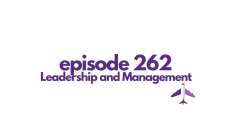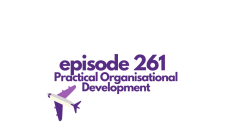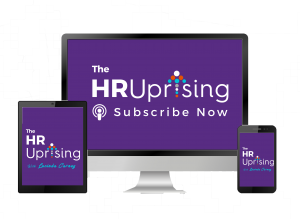Uncover the hidden strength and development areas of your people with 360 Feedback. Actus 360 NOW provides a simple and cost-effective tool to enable this, click here to find out more.
This Episode: How to Build a Talent Management Strategy
In this HR Uprising episode, Lucinda explores how to build a Talent Management Strategy. Talent Management is vital to ensuring that your business has the necessary capability to keep it running, while also making sure that you have the forward-looking flair and creativity to take it into the future.
It’s a tricky balancing act, and as Lucinda discusses in this episode, you can base your strategy to develop your own Talent Management Strategy around four essential components that all good businesses have, as well as the core values you strive to maintain.
Valuable Resources

- Host of The HR Uprising Podcast, Lucinda Carney, is also the founder and CEO of Actus Software, where you can find additional free HR Resources: https://actus.co.uk/free-performance-management-resources/
- Actus Software resources particularly relevant to this podcast:
- Join the HR Uprising LinkedIn Group
Key Takeaways
- We must always be mindful when making the link between strategy and helping the business to achieve outcomes. As a result:
- We’re more likely to get the investment
- People will also have a greater understanding of why you’re putting things into place.
- What do you see as the difference between Organisational Development (O.D.) and HR strategies? Between Talent Management and Learning & Development (L&D)? So, what are the differences between all four? Is there any overlap?
- O.D. is often about broader business structures and processes. Whereas, HR is more about the transactional business-driven activities that keep the company running.
- Talent Management has a narrower, but longer, development focus that can span across the length of person’s employment. However, L&D is more holistic, can be broader, and may look at learner-driven requirements and business-driven requirements.
- Certainly, the strategy you aim for in managing your talent is a direct reflection of the values of your business. It may be people-driven, profits driven or may have another purpose at heart. But it will always reflect the core values that drives your business forward.
- Outcomes and measurable metrics are effective demonstration tools, in presenting your strategy as a well-thought-through process that is worthy of investment.
- Therefore, in the event of any culture change, consideration should be given to any established management behaviours because they need to be able to adapt to any new behaviours or attitudes being proposed.
- Above all, the four main priorities in building a high people and performance culture are:
- Building trust
- Manager skills
- Specialist career paths
- Having aligned systems and processes
Best Moments
- ’The key is that it must align with business strategy’
- ‘It’s about identifying key skills for people and helping to get the most out of them’
- ‘What is the purpose we’re trying to achieve?’
- ‘It’s likely that they’ll be required to up-skill their managers’
- ‘It’s not just a performance culture – it’s a high people and performance culture’
About The Host
Lucinda Carney is a Business Psychologist with 15 years in Senior Corporate L&D roles and a further 10 as CEO of Actus Software where she worked closely with HR colleagues helping them to solve the same challenges across a huge range of industries. Certainly, it was this breadth of experience that inspired Lucinda to set up the HR Uprising community to facilitate greater collaboration across HR professionals in different sectors, helping them to ‘rise up’ together.
“When we look up we rise up”
Contact Method
- Join the HR Uprising LinkedIn community – https://www.linkedin.com/groups/13714397/
- Email: Lucinda@advancechange.co.uk
- LinkedIn: https://www.linkedin.com/in/lucindacarney/
- Twitter: @lucindacarney
- Instagram: @hruprising
- Facebook: @hruprising
- YouTube: Channel
Subscribe To The HR Uprising Podcast Now:















Add comment